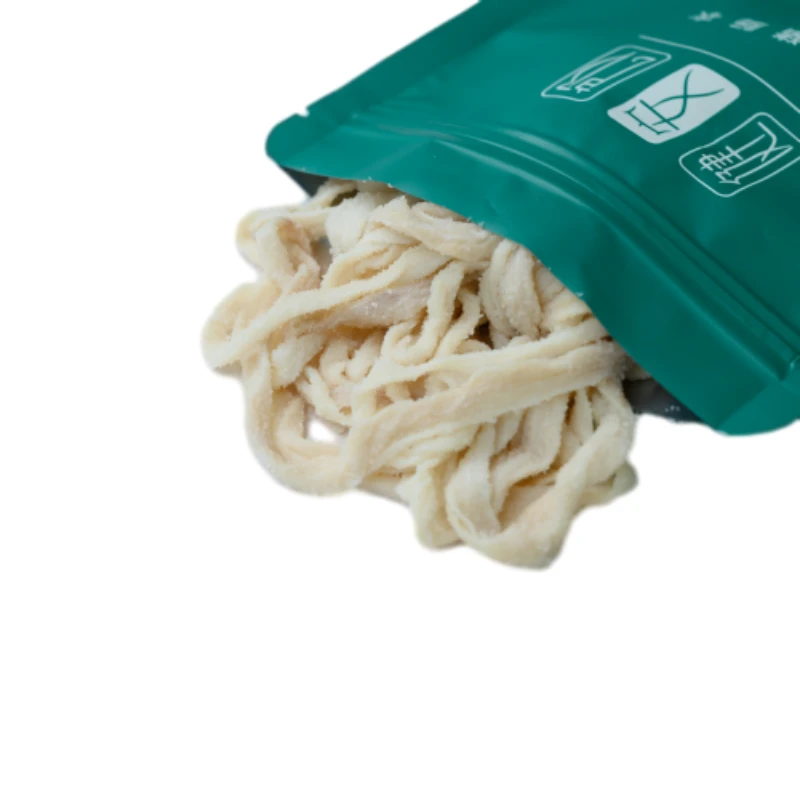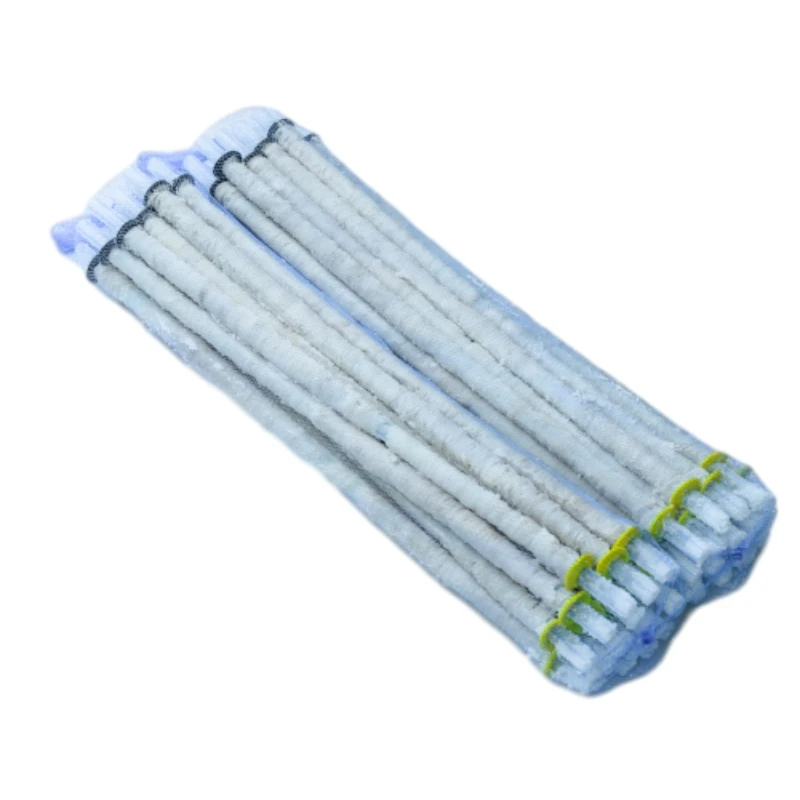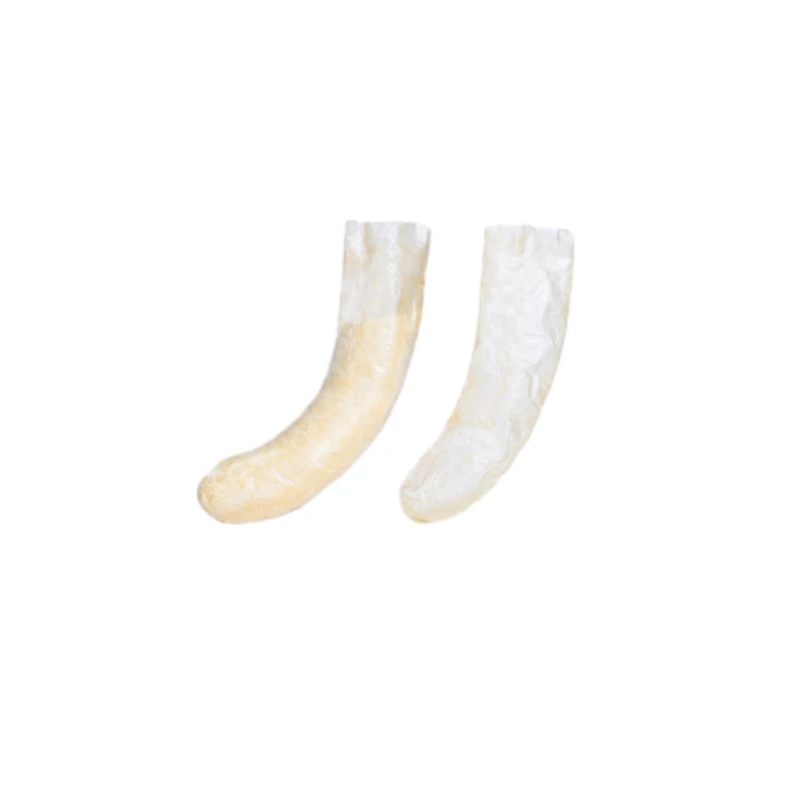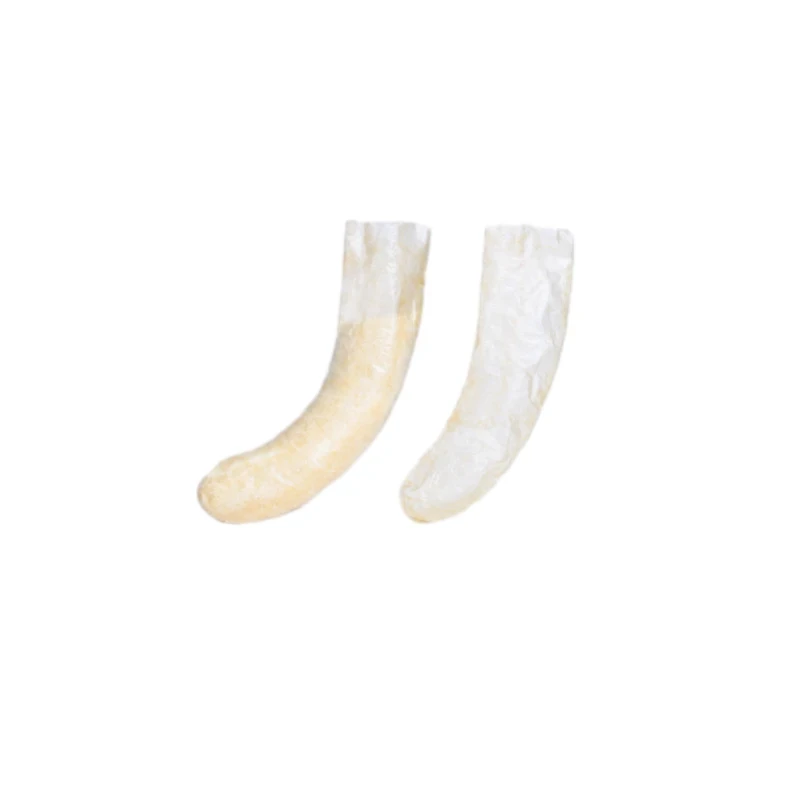Aug . 17, 2025 06:00
The Enduring Relevance of Dried Hog Casings in Modern Food Processing
In the intricate world of meat processing and culinary arts, the choice of sausage casing significantly influences the final product's texture, flavor profile, and visual appeal. Among the myriad options available, dried hog casings stand out as a traditional yet highly functional choice, revered for their natural origin and superior performance characteristics. These casings, derived from the submucosa layer of porcine intestines, offer a distinct "snap" and an unparalleled mouthfeel that synthetic alternatives struggle to replicate, appealing to both artisanal sausage makers and large-scale industrial producers. Their inherent permeability to smoke and moisture makes them ideal for various curing, smoking, and drying processes, enabling the development of complex flavors and desirable textures in sausages such as bratwurst, frankfurters, and various cured salamis. The global demand for natural, authentic food products continues to surge, positioning dried hog casings as a critical component in meeting consumer preferences for clean-label, high-quality meat products. Understanding the meticulous preparation, precise application, and inherent advantages of these casings is paramount for manufacturers aiming to deliver excellence and uphold traditional culinary standards while embracing modern efficiency. This deep dive explores the technical intricacies and practical considerations surrounding the effective utilization of these essential ingredients in contemporary food production environments.
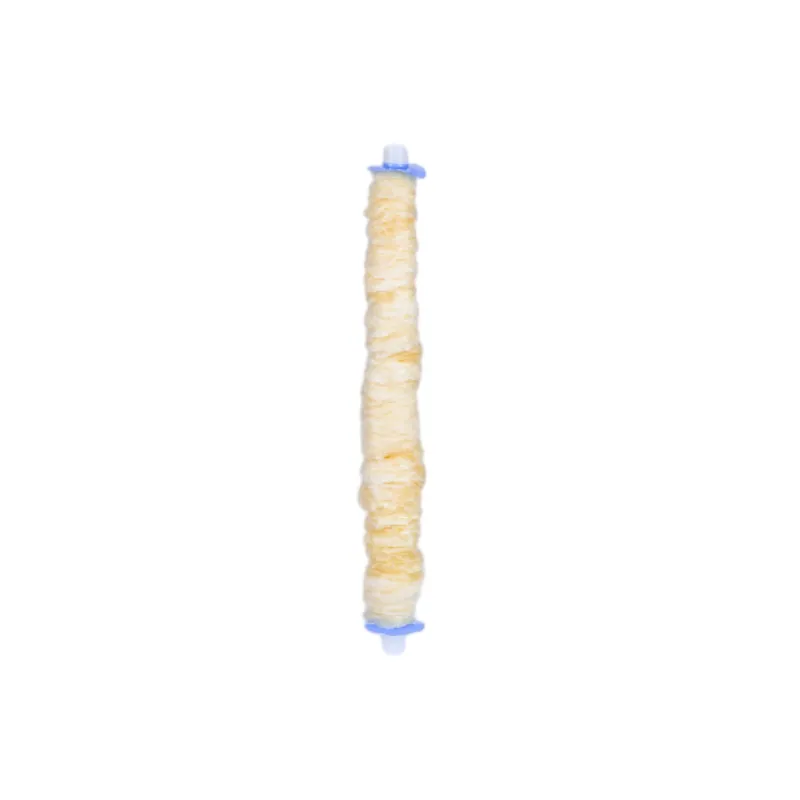
The industry trend towards natural and sustainable ingredients further amplifies the importance of dried sausage casings. As consumers become increasingly health-conscious and environmentally aware, the transparency of product origins and manufacturing processes gains significant traction. Dried hog casings align perfectly with these evolving preferences, being a byproduct of the meat industry, thus promoting a circular economy and minimizing waste. Their natural collagen composition contributes to the nutritional profile of the finished sausage and ensures complete edibility, eliminating the need for removal before consumption, unlike some synthetic options. This full edibility enhances the consumer experience and simplifies preparation, making them a preferred choice for convenience-driven markets. Furthermore, the inherent elasticity and strength of quality dried hog casings provide excellent stuffing capacity and reduce breakage during high-speed production, translating into operational efficiencies and reduced material waste for manufacturers. This balance of traditional authenticity, technical performance, and sustainability makes dried hog casings an indispensable material in the global sausage industry, supporting both artisanal integrity and industrial scalability.
Mastering the Application: A Detailed Guide on how to use dry sausage casing
Effectively incorporating how to use dry sausage casing into sausage production requires a precise understanding of their preparation and handling. Unlike fresh casings, dried hog casings are preserved through a dehydration process, which significantly extends their shelf life and simplifies storage, eliminating the need for refrigeration until rehydration. The manufacturing process of dried hog casings typically involves a multi-stage cleaning, degreasing, and salting regimen, followed by controlled dehydration to remove moisture while preserving the collagen structure. This meticulous approach ensures the casings retain their natural strength, elasticity, and permeability. To prepare them for stuffing, they must first be rehydrated, a critical step that restores their pliability and natural texture. This usually involves soaking the casings in lukewarm water (around 20-25°C or 68-77°F) for approximately 30-60 minutes, or until they become supple and transparent. For optimal results, some processors prefer to flush the inside of the casings with water after initial soaking to ensure complete hydration and remove any residual salt or air pockets, which can lead to tearing during stuffing. This rehydration process is crucial for achieving the desired elasticity, preventing breakage during the high-pressure stuffing process, and ensuring a uniform product.

Following proper rehydration, the next phase in how to use dry sausage casing involves loading them onto the stuffing horn and carefully filling them with the prepared meat emulsion. The superior tensile strength and natural elasticity of quality dried hog casings minimize the risk of breakage, even when subjected to the considerable pressure of industrial sausage stuffers. These casings are subject to stringent detection standards, including ISO 22000 and HACCP, ensuring microbial safety and structural integrity throughout their shelf life. Their typical lifespan in dried form, when stored correctly in a cool, dry place, can extend for several years, offering significant logistical advantages over fresh or pre-soaked alternatives. Dried hog casings are widely applicable across various industries, including artisanal meat shops, large-scale commercial processors, and gourmet food manufacturers specializing in products like fresh breakfast sausages, cured Italian salamis, and smoked German bratwurst. In these typical application scenarios, the casings contribute to energy efficiency by facilitating natural drying and smoking processes, reducing reliance on artificial drying methods. Their robust nature also provides excellent protection against corrosion or spoilage during processing and storage, thereby extending the product's shelf life naturally and enhancing overall food safety standards for consumers.
Technical Parameters and Performance Metrics of Quality Dried Hog Casings
Understanding the precise technical specifications of dried hog casings is crucial for ensuring product consistency and optimizing manufacturing processes. Key parameters include caliber (diameter), length, wall thickness, and tensile strength, each playing a vital role in the performance of the casing during stuffing, processing, and consumption. Caliber, measured in millimeters, dictates the size and shape of the final sausage, with common ranges from 28mm to 40mm for various sausage types. For instance, smaller calibers like 28-32mm are ideal for breakfast sausages or snack sticks, while larger calibers such as 36-40mm are suitable for bratwurst or Italian sausages. The length of individual strands or hanks also varies, typically sold in bundles or nets ranging from 90 to 100 yards, which affects the efficiency of loading on automatic stuffers. Wall thickness, while less commonly measured directly, contributes to the casing's overall strength and resistance to breakage. A consistent, uniform wall thickness across the entire length is a hallmark of high-quality dried hog casings, preventing weak spots that could lead to ruptures.
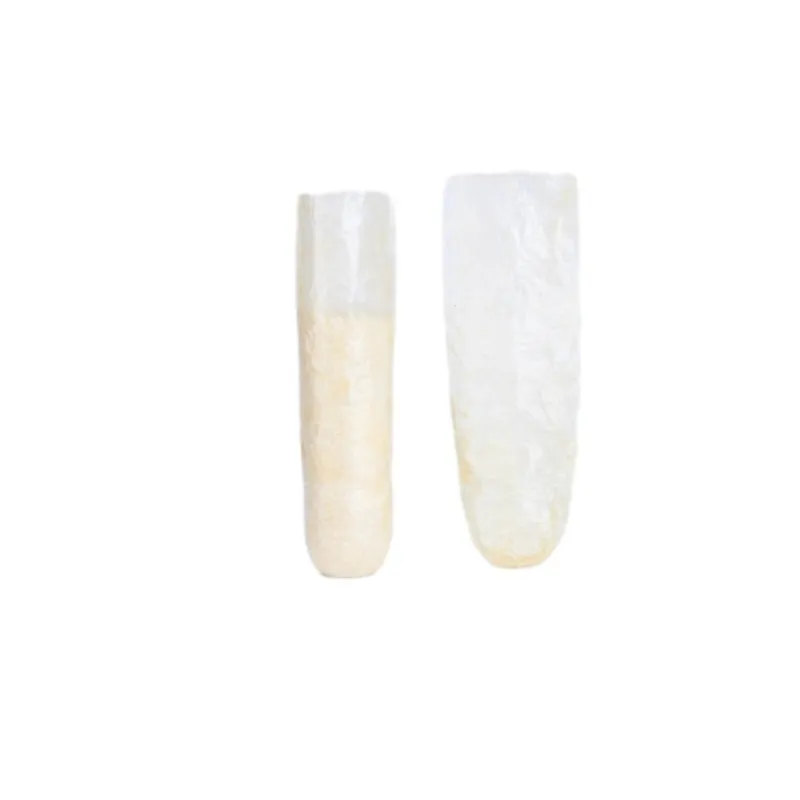
Tensile strength and elasticity are paramount performance metrics for dried sausage casings. Tensile strength refers to the maximum stress the casing can withstand before tearing, a critical factor during the high-pressure stuffing process. High-quality casings exhibit superior tensile strength, accommodating rapid filling without compromising integrity. Elasticity, on the other hand, describes the casing's ability to stretch and then return to its original shape, which is essential for uniform filling and preventing "blow-outs" as the meat emulsion expands during cooking or drying. Rehydration time is another practical parameter, indicating how quickly the dried casing becomes pliable; efficient rehydration saves valuable production time. Furthermore, permeability to smoke and moisture vapor is a key functional attribute. Premium dried hog casings possess optimal permeability, allowing for excellent smoke penetration, crucial for developing rich flavors and colors in smoked sausages, and facilitating controlled moisture loss during drying processes for cured products, ensuring proper texture development and shelf stability. These technical parameters collectively define the performance and suitability of dried hog casings for diverse sausage applications, making them a preferred choice for manufacturers prioritizing quality and efficiency.
Typical Parameters for Dried Hog Casings
Manufacturing Excellence and Unwavering Quality Assurance
The production of premium dried hog casings is a testament to sophisticated processing techniques and rigorous quality control, embodying the highest standards of expertise and authority in the food industry. Manufacturers like RTCasing adhere to global benchmarks such as ISO 22000 for food safety management and HACCP (Hazard Analysis and Critical Control Points) principles, ensuring that every batch of casings meets stringent quality and hygiene requirements from source to packaging. The process begins with the careful selection of raw materials, ensuring that only healthy, inspected porcine intestines are used. These are then subjected to an intensive cleaning regimen, which includes multiple flushes and washes to remove all impurities and unwanted tissues, leaving only the pure submucosa layer, rich in collagen. This critical step is followed by a meticulous sorting process, where casings are graded by caliber and quality, guaranteeing consistency for industrial applications. The subsequent salting and drying phases are precisely controlled to achieve optimal moisture content, which is crucial for both preservation and the casing's rehydration properties.
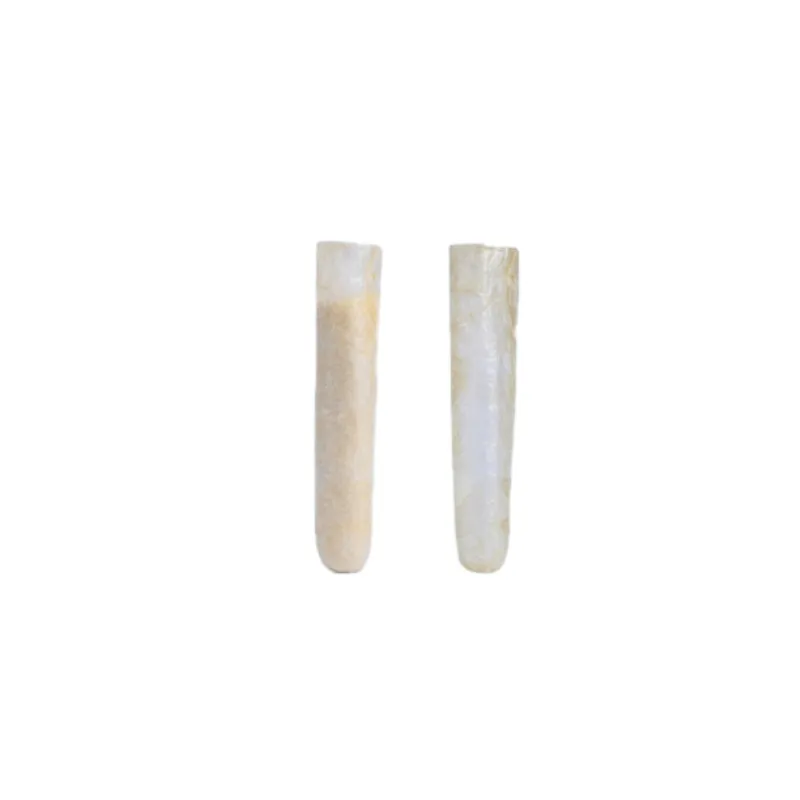
The commitment to quality extends beyond initial processing, encompassing comprehensive testing and certification. Each batch of dried sausage casings undergoes rigorous inspection for physical integrity, uniformity, and microbial safety. This includes tensile strength tests to ensure resilience during stuffing, visual inspections for defects, and microbiological assays to confirm compliance with international food safety regulations, including those set by the FDA for imported food products. Our long service tenure in the industry, coupled with collaborations with leading food research institutions, solidifies our authoritative position as a reliable supplier. Detailed test data, including elasticity coefficients and permeability rates, are often available for specific product lines, providing clients with transparent insights into product performance. By integrating advanced processing technologies with traditional craftsmanship, we ensure that our dried hog casings not only meet but exceed industry expectations for quality, reliability, and food safety, providing an unparalleled foundation for premium sausage production worldwide and simplifying the complexities of how to use dry sausage casing in modern settings.
Comparative Analysis: Dried Hog Casings Versus Synthetic Alternatives
When considering how to use dry sausage casing, it's essential to understand their distinct advantages over synthetic alternatives such as collagen, fibrous, or plastic casings. While synthetic casings offer consistency in diameter and can be highly efficient for certain high-volume applications, dried hog casings provide a suite of unique benefits that are highly valued in the production of premium sausages. One of the most significant advantages is the natural "snap" or bite that only natural casings can deliver. This textural attribute is a hallmark of high-quality sausages and is highly sought after by consumers. Collagen casings, though edible and derived from animal collagen, often lack the nuanced texture and resilience of natural hog casings. Fibrous casings, typically made from regenerated cellulose, are strong and permeable to smoke but are not edible, necessitating removal before consumption, which adds an extra step for consumers. Plastic casings, usually non-edible, are primarily used for pre-cooked or processed meats where the casing serves as a mold and protective barrier rather than an integral part of the eating experience.
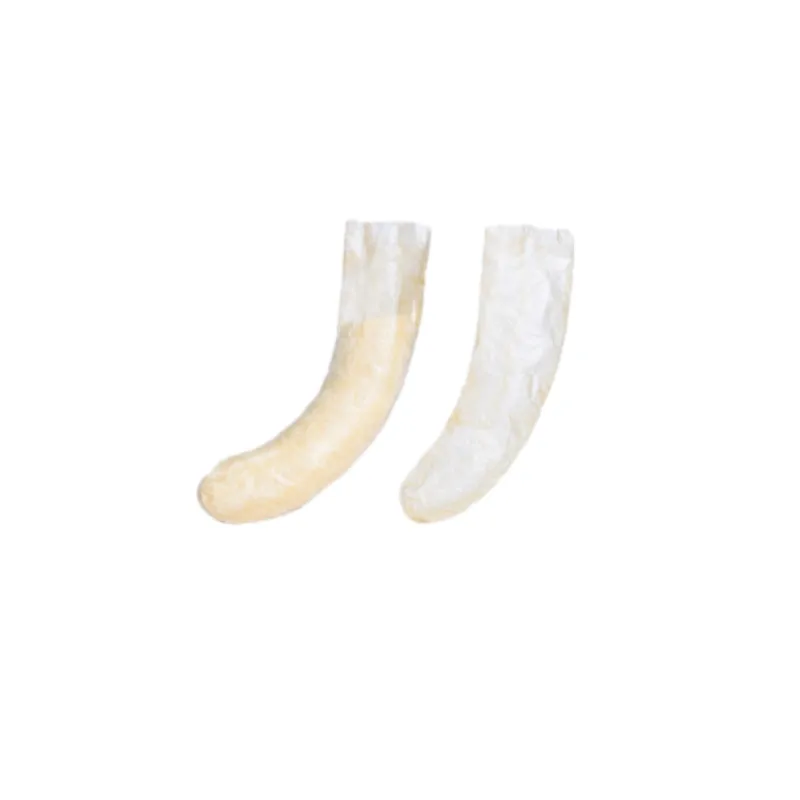
Beyond texture, dried hog casings boast superior smoke permeability and moisture control, which are vital for the development of complex flavors and proper curing in sausages. Their natural porous structure allows smoke to penetrate uniformly, imparting a deep, authentic flavor and desirable color. This contrasts with some synthetic casings that may require specialized coatings or processing to achieve similar effects. Furthermore, the natural elasticity of dried hog casings allows them to conform perfectly to the meat emulsion, creating a uniform sausage shape and preventing air pockets, which are critical for optimal processing and appearance. From an economic perspective, while the initial cost per meter of natural casings might sometimes be higher than basic synthetic options, the superior eating experience, enhanced product marketability, and reduced breakage rates with high-quality dried hog casings often result in a better return on investment. The clean-label appeal and environmental benefits of a natural, biodegradable product also contribute to their increasing preference among discerning manufacturers and consumers, affirming their irreplaceable role in the sausage industry.
Versatile Application Scenarios and Broad Industry Adaptability
The versatility of dried hog casings makes them indispensable across a wide spectrum of sausage production, from traditional artisanal recipes to modern industrial applications. In the realm of fresh sausages, such as breakfast links, Italian sausages, and bratwurst, dried hog casings are the preferred choice due to their tender bite and ability to hold moisture, ensuring a juicy and flavorful product. Their natural irregular shape contributes to the rustic, authentic appearance that consumers often associate with high-quality, handcrafted sausages. For smoked and cured varieties like frankfurters, bologna, or various types of salamis, the smoke-permeability of dried hog casings is paramount. It allows for the deep infusion of smoky flavors and the desirable browning that characterizes these products, a feature synthetic casings often struggle to replicate without additional processing. These casings are particularly vital for dry-cured sausages, where their ability to facilitate controlled moisture loss during the extensive drying process is crucial for achieving the proper texture, density, and flavor concentration, preventing issues such as case hardening or inadequate curing.
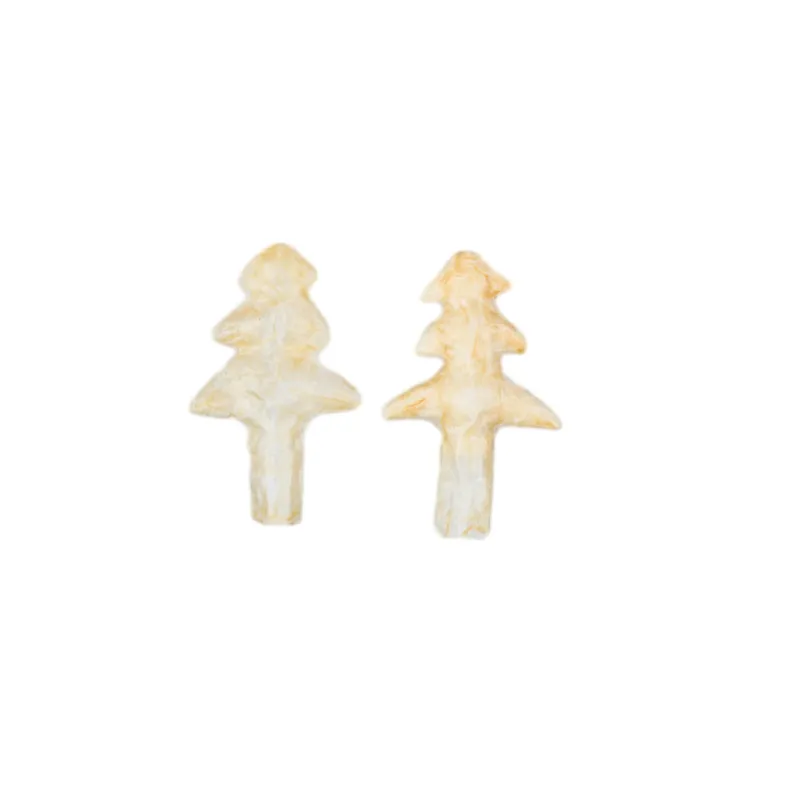
Beyond specific sausage types, dried hog casings demonstrate remarkable adaptability to various production scales and equipment. Whether a small butcher shop uses a hand-crank stuffer or a large industrial plant operates high-speed automated stuffing machines, the consistent quality and resilience of well-processed dried hog casings ensure smooth operations and minimal breakage. Client feedback consistently highlights the superior machineability of our casings, which contributes to increased throughput and reduced downtime in industrial settings. Our service cases frequently involve advising clients on optimal rehydration techniques and stuffing pressures tailored to their specific equipment and product lines, ensuring that they maximize the efficiency of how to use dry sausage casing. This adaptability makes them a cost-effective choice for manufacturers seeking both authenticity and operational efficiency, proving that traditional materials can seamlessly integrate into modern food production landscapes. The ability to customize sizing and pre-packaging options further enhances their utility for diverse manufacturing needs, cementing their position as a cornerstone material in the global sausage industry.
Custom Solutions and Comprehensive Partnership Opportunities
Recognizing the diverse needs of the global meat processing industry, leading suppliers of dried hog casings offer comprehensive custom solutions and robust partnership opportunities tailored to specific client requirements. This goes beyond merely providing a standard product; it involves a deep understanding of each client's unique production environment, sausage formulations, and market demands. Customization options can include specific casing calibers and lengths, ensuring optimal fit for different sausage types and stuffing equipment. For example, a client specializing in snack sticks might require smaller, uniform calibers, while another producing large smoked sausages might need larger, more robust casings. Packaging solutions can also be customized, ranging from bulk packaging for high-volume users to smaller, pre-measured bundles for artisanal producers, designed to simplify handling and reduce waste in their specific operational context. These bespoke solutions are designed to enhance efficiency, reduce production costs, and ultimately, improve the quality and consistency of the final product, directly impacting how to use dry sausage casing more effectively.
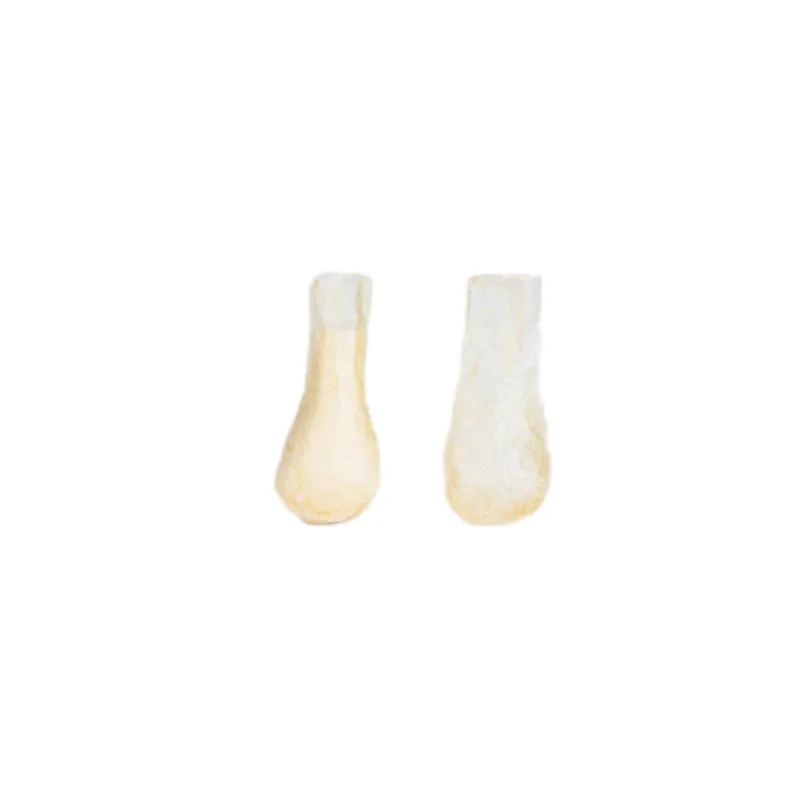
Beyond product customization, established providers emphasize comprehensive customer support and reliable delivery cycles. Our commitment to trustworthiness is reflected in transparent communication regarding lead times, logistics, and supply chain management, ensuring timely delivery even for large or complex orders. We understand that consistent supply is critical for uninterrupted production schedules. Our quality assurance commitment extends to offering robust warranty promises, ensuring that any rare defects or quality inconsistencies are promptly addressed and resolved to client satisfaction. Dedicated technical support teams are available to provide guidance on optimal storage, rehydration techniques, and troubleshooting common issues related to how to use dry sausage casing, acting as an extended resource for our partners. This holistic approach to partnership, which combines high-quality products with unparalleled service, fosters long-term relationships built on mutual trust and shared success, making us more than just a supplier, but a strategic collaborator in our clients' manufacturing endeavors and ensuring the client has ample support.
Frequently Asked Questions (FAQ) About Dried Hog Casings
Navigating the nuances of sausage casing selection and application often leads to common inquiries, particularly concerning how to use dry sausage casing effectively. Here, we address some of the most frequently asked questions to provide clarity and instill confidence in their use. A common query revolves around the storage and shelf life of dried hog casings. These casings, being dehydrated and heavily salted, boast an impressive shelf life of 2-3 years when stored in a cool, dry place away from direct sunlight and extreme temperatures. Unlike fresh casings, they do not require refrigeration until rehydrated. Another frequent question pertains to the rehydration process: "How long should I soak dried hog casings?" Typically, soaking them in lukewarm water (around 20-25°C or 68-77°F) for 30 to 60 minutes is sufficient to restore their elasticity and pliability. Over-soaking can make them fragile, while under-soaking can lead to breakage during stuffing, underscoring the importance of precise timing for optimal performance.
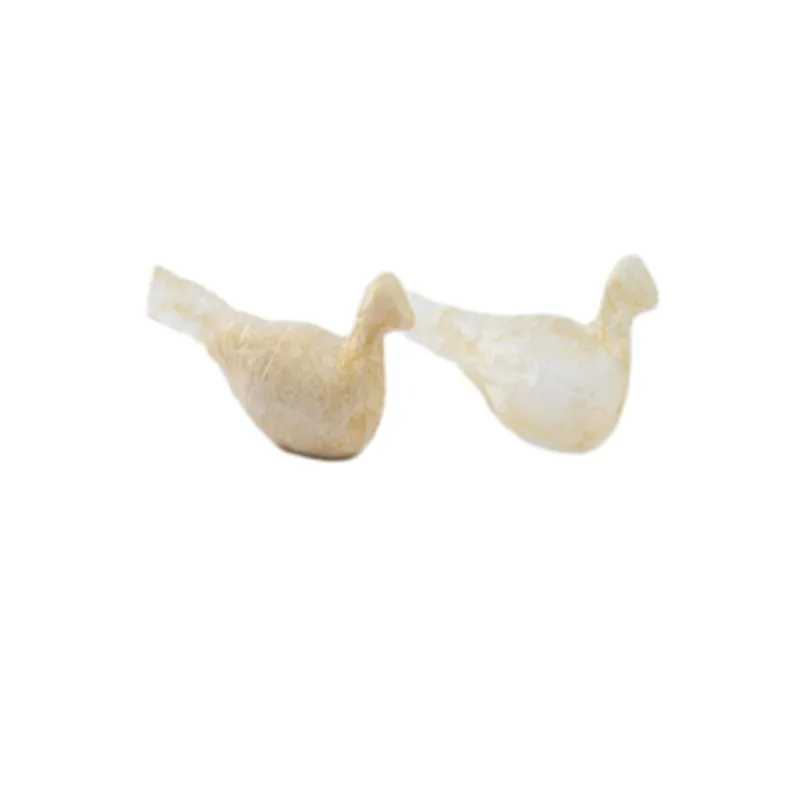
Questions regarding casing quality and consistency are also common. "Are dried hog casings consistent in size?" While natural products inherently have minor variations, high-quality dried hog casings are meticulously sorted and graded to ensure remarkable uniformity within specified caliber ranges, minimizing production inconsistencies. This dedication to precision supports efficiency in industrial processing lines. "Can dried hog casings be used for all types of sausages?" Absolutely. Their natural permeability and robust structure make them suitable for fresh, smoked, cooked, and dry-cured sausages, providing excellent results across the board. Furthermore, inquiries about sustainability are increasing: "Are dried hog casings environmentally friendly?" Yes, as a natural byproduct of the meat industry, they are fully biodegradable and represent a sustainable choice compared to petroleum-based synthetic alternatives. Our commitment to transparent communication extends to providing comprehensive answers, ensuring our clients feel fully supported and informed about how to use dry sausage casing effectively, from initial inquiry through to large-scale application.
Authoritative References and Further Reading
- Early, R. (2012). The Technology of Meat and Meat Products. Springer Science & Business Media.
- Lawrie, R. A., & Ledward, D. A. (2006). Lawrie's Meat Science. Woodhead Publishing.
- Pearson, A. M., & Young, R. B. (1989). Muscle and Meat Biochemistry. Academic Press.
- FAO. (2005). Meat Processing Technology for Small-to Medium-Scale Producers. Food and Agriculture Organization of the United Nations.
- Sofos, J. N. (2009). Meat Processing: Improving Quality and Safety. CRC Press.


